|
On the way to her boat in the marina, my friend Denise and I we were stopped in our tracks by a large white bird standing motionless on the dock as it scanned for prey. It seemed un-phased by our approach. Even my movements to remove my camera from the bag did not ruffle it's feathers. The bird was watching us, since its eyes are on the side of its head, but also far enough forward, to peer into the water. When Denise began singing I was sure the bird would depart; she defended her actions by declaring “Do you know of any singing predators?” Despite the glare, the surface motion, the mix of seagrass and plastic on the water's surface, the bird knew that two feet below it's perch on the floating dock there were fish. Herons have binocular vision that gives them excellent depth perception, and their eyesight is about three times more detailed than that of man. Their visual field covers 180 degrees in the vertical; a bird standing with its bill horizontal can see fish swimming near its feet. Their stealthy, quick reactions and spear-like bill rewards them with fish which are swallowed whole. This familiar “crane”, which I later identified as the white form of the Great Blue Heron, known as the Great White Heron, or as the “experts” say “White Morph Blue”, is America's largest heron, measuring 46”, and is found along the coasts of southern Florida, the Yucatan Peninsula, and in the Caribbean. The other large white wading bird we see in the Keys is the Great Egret. It has a slightly smaller bill and always has black legs compared to the typical yellow/greenish/pink legs on the white morph blue. At distance with a scope the legs are the best field mark. There are Great Blue Herons in the Keys, and their range extends from Canada south to Mexico and Florida, and even as far as the Galapagos Islands. They are sometimes overlooked simply because they are not as conspicuous as the whites. There is another even less common form of heron, the Wurdemann morph. It’s also known as the intermediate morph where the dark and white forms overlap in Florida, They have the body of a Great Blue Heron, but the white head and neck of the Great White Heron. Many Great Blue Herons have lost their fear of humans, walking on lawns and expecting castoffs from fishermen. Fisherman should make sure they stay clear of the heron’s piercing bill, as well as be responsible for securing their fishing gear, lines, hooks, and lead sinkers. Injuries due to fishing line entanglement are very common in wild bird populations. as birds can get tangled up in that junk while wading and foraging. Broken wings, poisoning, electrical wires, and bald eagles can also cause injuries or death to these birds. So much so, that wildlife rehabilitation emerged as a profession in the late 1980’s. These organizations are made up of professionals, but most rehabbers are volunteers. Laura Quinn, the “Bird Lady” who founded the Wild Bird Center in Tavernier, is seen in these photos taken in 2009, along with philanthropists Barbara and Bob Gintel, releasing a Great White Heron on the edge of the mangroves in N. Key Largo. According to their website, “Our past, present, and future are the direct result of one woman embracing her passion and caring for the environment and wildlife in the Florida Keys.” As human populations grow and more wild habitat is lost, it becomes increasingly difficult to find adequate release sites.
Singing predators? My friend Denise is correct in her theory that man is not a concern for a direct assault, unless in the rare case some idiot decides to shoot a bird. It is the unintended consequences of our actions that pose a threat, Consider the wedding event hosted on a spit of land, formerly mangrove habitat, surrounded by water on three sides. The sounds of singing, and music fill the air, drowning out the bird’s ability to hear a potential predator, and at the same time plastic utensils and wrappers, cups and party balloons are dancing into the sea. Reality check: the plastic junk floating in the water does not come from offshore; it comes directly from the island we live on. Wildlife rehabilitators know the health of our wildlife is a barometer on the health of the environment. Policy makers as well as merry makers, need to consider how their actions may impact wildlife, including pollution of the environment and habitat loss. If you need to report an injured bird in the Upper Keys, 24/7 BIRDGENCY-ONLY HOTLINE (305) 852 - 4486 ext. 1
0 Comments
Leave a Reply. |
CAROL ELLIS
This photographic website provides me the opportunity for self-expression, for sharing Archives
May 2024
TAGS
All
|
© Copyright 2022. Carol Ellis Photography.
All Rights Reserved.


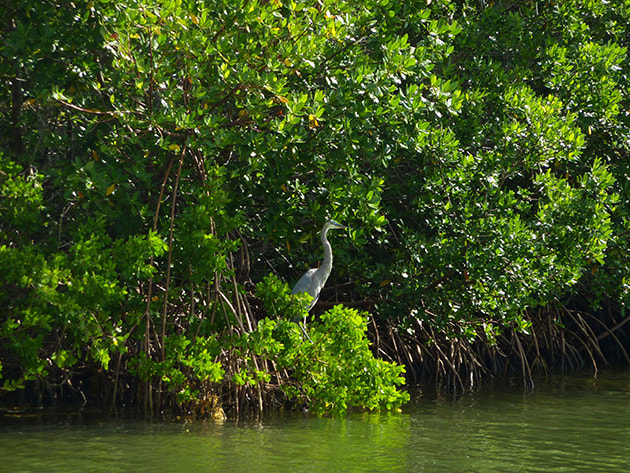
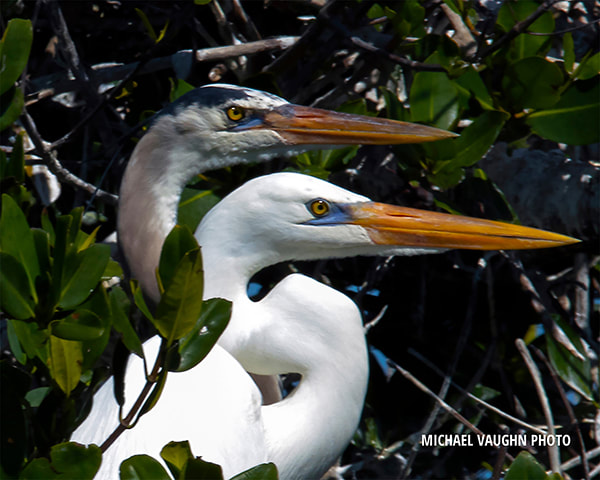
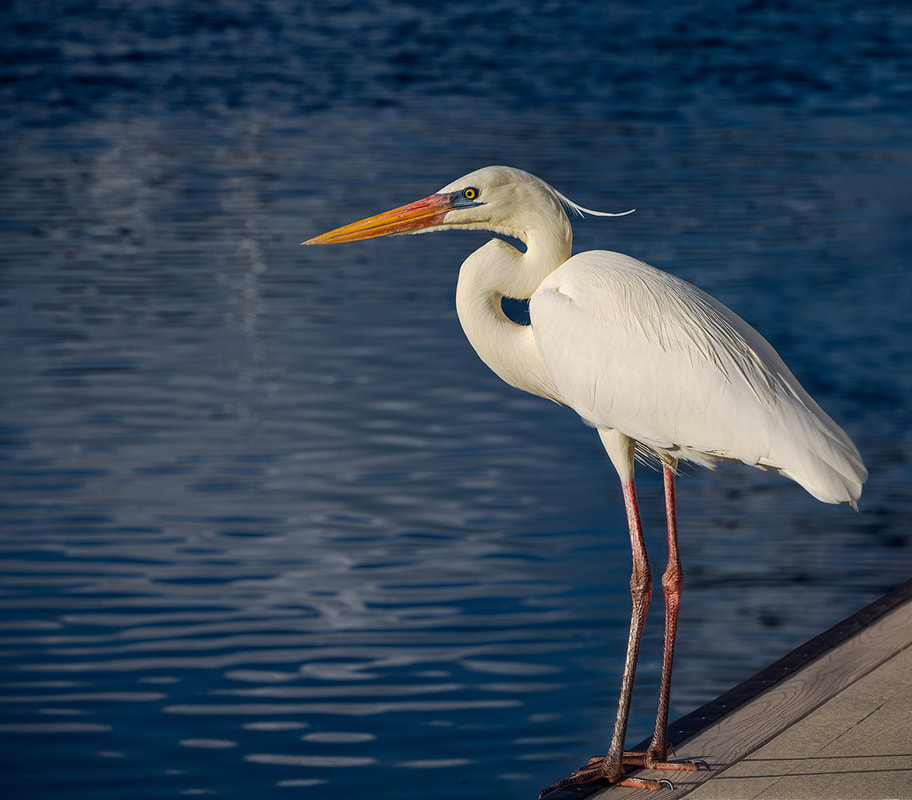
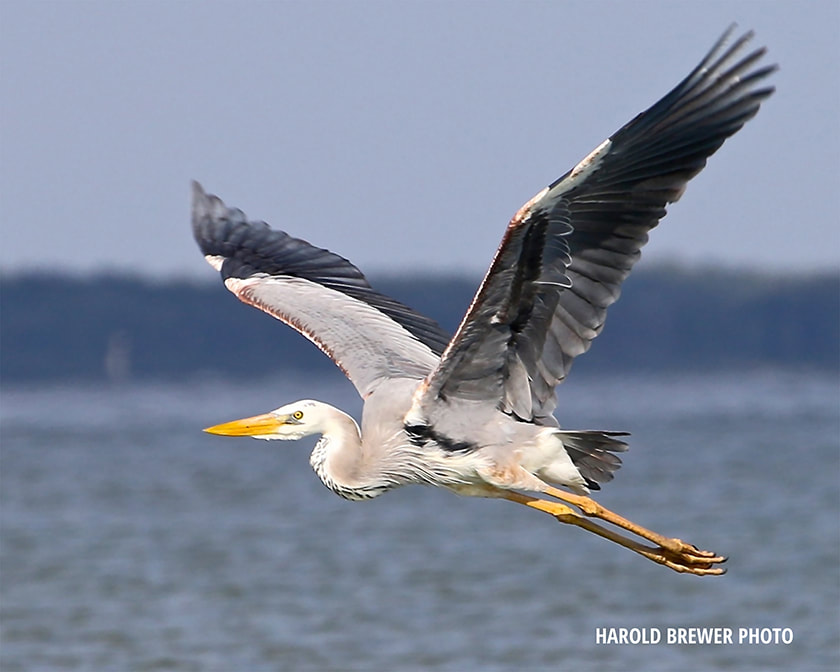
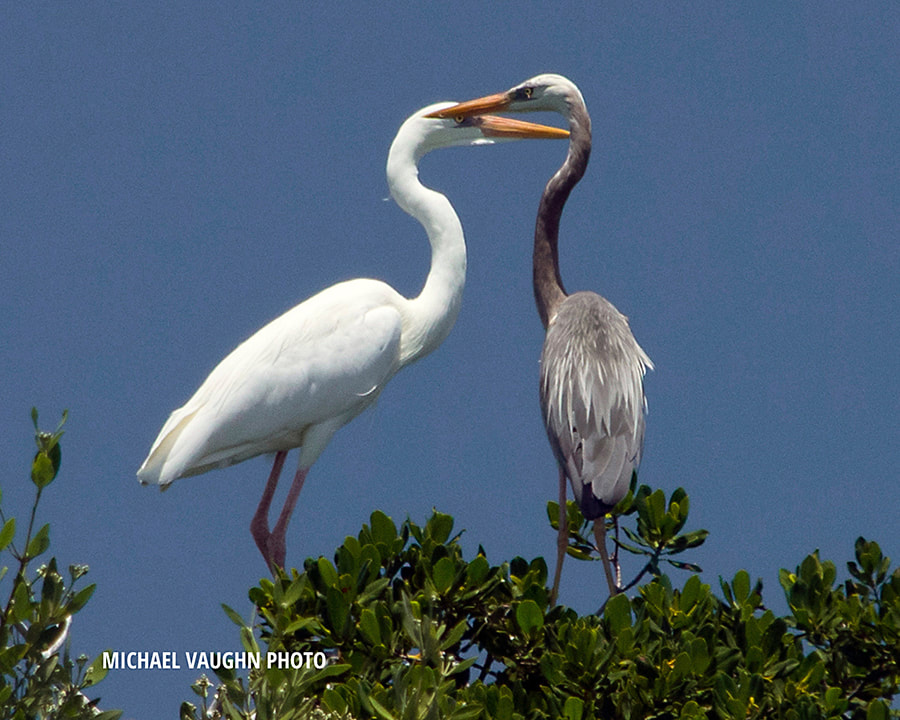
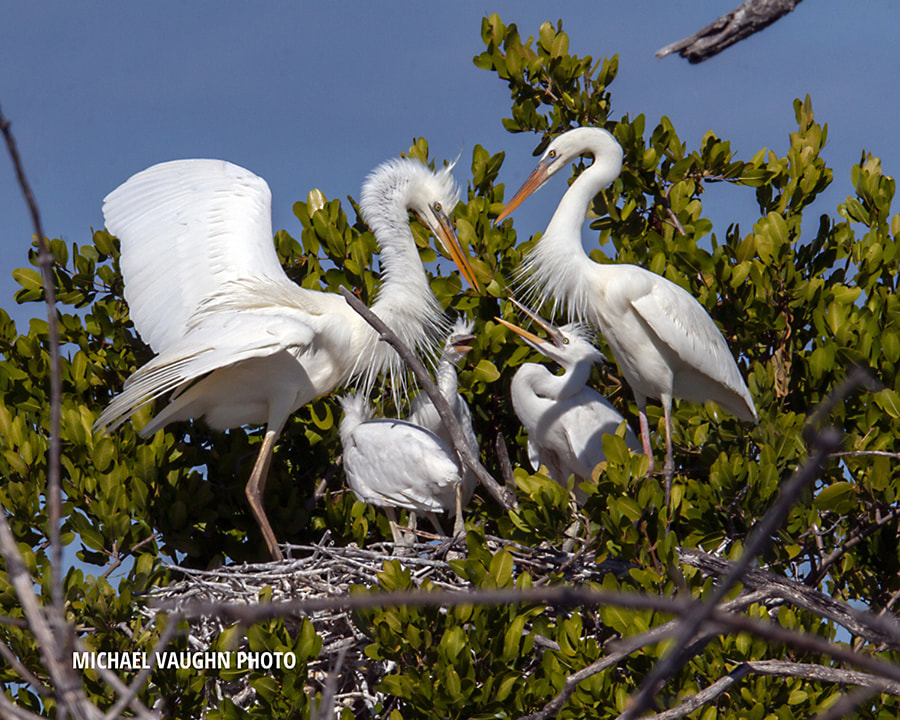
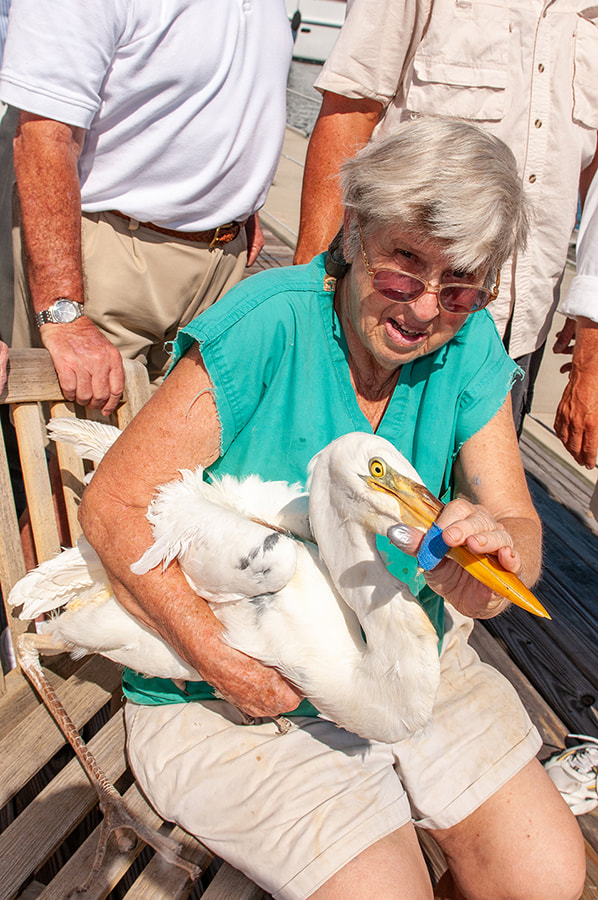
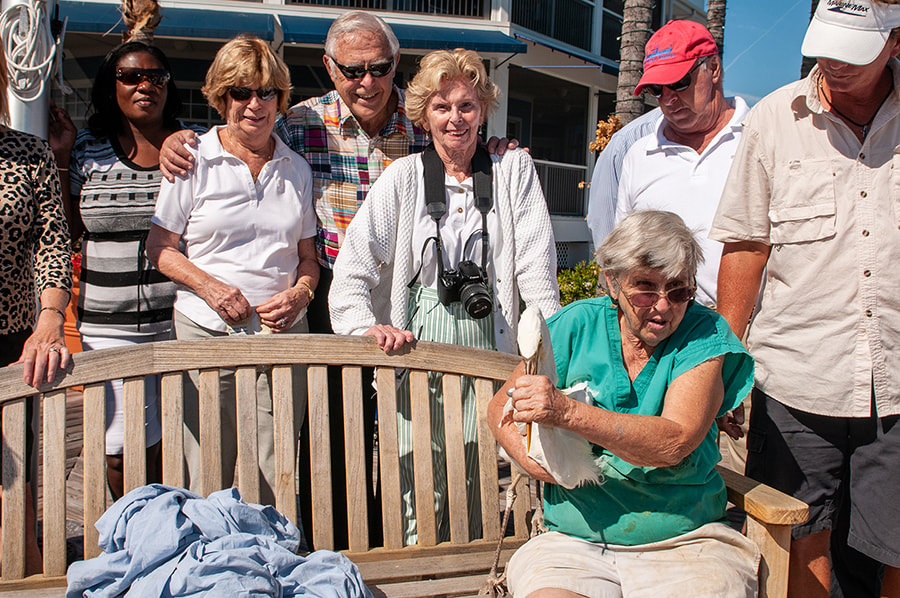
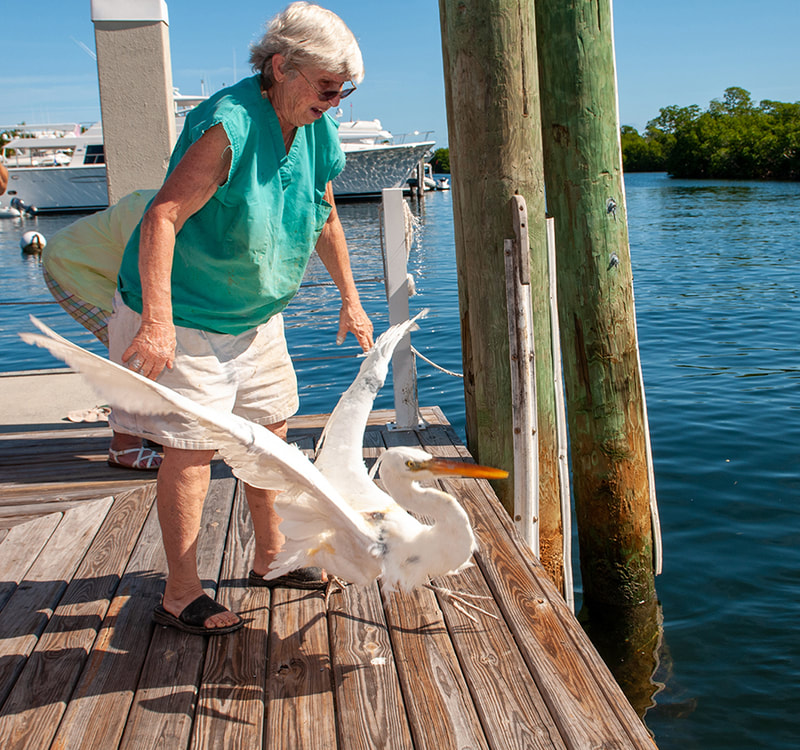
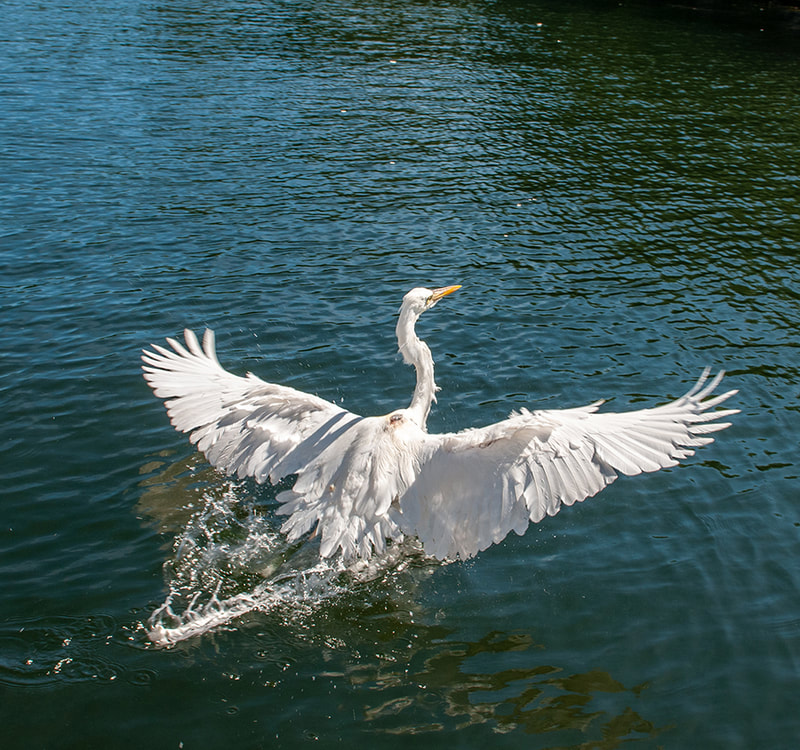
 RSS Feed
RSS Feed
